When the Badminton World Federation (BWF) proposed three new scoring systems, Badzine voters voted all three down in resounding fashion. Now the world body’s next step is to take a fourth option, very similar to the one least popular among Badzine readers, and test it in international events, a move that has now been endorsed by the Chief Editor of this webzine. Not only is this the wrong way to change the scoring system, but there is a case to be made that changing the scoring system yet again is not a high priority for improving the sport of badminton.
By Don Hearn, Badzine Editor. Photos: Badmintonphoto
Do we fear change, or this change?
First off, I’m not against changing the rules, as a rule. Some recent rule changes were both long overdue and universally applauded. No one regrets setting up the Superseries, giving umpires the authority to over-rule line judges, or implementing the Hawk-Eye instant review technology. These were all positive steps that didn’t inspire opposition at the time, either. Many observers have argued that changing the World Championships from a biennial to an annual event lessened its prestige but no such voices have decried the corresponding change in frequency for the World Junior Championships.
Some proposed changes have seen strong opposition and no amount of adaptation is likely to change that. Take the 2011 action to force female players to wear skirts or dresses. That one was soundly defeated in our Badzine poll and, not surprisingly, got nothing but negative press worldwide.
Even in the realm of scoring systems, the reactions can still depend on which changes are being proposed. My colleague is correct about the legions of people who prejudged the rally-point system when it was first introduced. However, if the 3×21-point system quickly won over the badminton world, there was no such warming to the 5×7 system that was tested at the biggest events in the world in 2001-2002. Its opponents did not change their minds after six months. Rather they saw their fears realized and 5×7 was soon scrapped in favour of the former 3×15-point standard.
If people grew to know and love the current system after initially opposing it, perhaps that speaks to some intrinsic value in the system itself that other ones don’t have and that perhaps should not be tampered with.
So what’s wrong with this change?
I should probably state that I was actually one of those who opposed the 3×21 rally-point system when it was first introduced. In fact, I was still against it after its short trial period in late 2005 even though I saw it in use at the Korean National Championships, where a 17-year-old Lee Yong Dae beat both Jung Jae Sung and Yoo Yeon Seong en route to his first title.
Among my initial objections were that I feared the matches would be too short and also that with too many matches, the winners would be foregone conclusions without the chance for players trailing by several points to claw their way back level.
I would argue that that 2006 change, when things moved from a server-scores system to a rally point system, was the only one that involved uncertainty about match length. With that change, no one really had an idea how much time those loss-of-serve rallies contributed. In 2001, by contrast, everyone could do the math and knew unequivocally that if you needed 21 points instead of 30 to win, then 5×7 would make the matches shorter. It is exactly the same when going from needing 42 points to win a match under the current system to needing 33 under the new 5×11 proposal. We know for a fact that there will be less badminton to watch on finals day.
As for the feeling that the rally point system would eliminate big comebacks, those fears were effectively silenced by Lee Chong Wei’s miracle win in the 2006 Malaysia Open final. And for those not completely sold on the new point system by the sight of Lee chipping away at Lin Dan’s unassailable 20-13 lead to finally emerge victorious, a few months later, Zhang Ning and Xie Xingfang treated us to a 30-29 scoreline in the deciding game of the Japan Open final. For a lot of badminton fans, this type of suspense was enough to make them forget how much they loved the old system.
Nipping excitement in the bud
I remember a particularly astute articulation of what a point system should aim for, laid down in an early 2006 article on badders.com by Neil Cameron, former Chief Executive of the International Badminton Federation (which later became the BWF):
- be simple to understand (this suggests scoring a point for every rally won)
- have a high ratio of potentially exciting points to other points
- reduce the length of the longest matches
- enable one-sided matches to be completed quickly
- extend close (and therefore usually exciting) games
- maintain the existing balance between stamina and speed (i.e. neither favouring overly defensive players nor outright attacking players)
Cameron mentions that table tennis scrapped their 3×21 system because of its low ratio of potentially exciting points and this seems to be what the BWF is attempting to address with its 5×11 system, since a 10-7 lead will no longer be an opportunity for a television viewer to scoot out to the kitchen.
However, of the first three systems the BWF proposed this spring, only the 5×9 option addressed this ratio. Furthermore, the 5×11 is the first proposal to do away with extra points, and that suggests that the ratio of exciting points to other points is simply being subordinated to reducing match length.
I don’t think it’s an exaggeration to say that the extra points are one of the most exciting features of the current top-level matches. Taking that away simply increases the proportion of court time devoted the matches with little or no suspense.
If you look at the 2013 BWF World Championships, the extra points were basically the most exciting moments of three of the five finals and, were games to end with ‘no setting’, the match most affected in Guangzhou would have been the men’s doubles final, likely chopping it off before the half-hour mark. That is to say nothing of those rare but special times like Cai/Fu’s 28-26 victory over Jung/Lee at the 2009 Worlds.
It is also worth noting that reducing match-length was one of the objectives of the current system and it was deemed a success in the early years of its implementation but the average match-length has been increasing, something that has been attributed to changes in player behaviour.
A question of priorities
What the comments on our poll article suggest is that badminton fans may simply be fed up with all the tinkering with scoring system, which has already undergone three major changes in the last 13 years, not to mention minor tweaking before and during that period. This is especially frustrating if it means that more pressing issues are not getting enough attention.
Granted, I’m sure it’s much easier to change the scoring system than to conjure up some other pipe dreams that I’ve heard suggested might fast-track badminton’s popularity like, say, tennis-level prize money or a men’s singles contender from the USA.
Still, a point system doesn’t get TV airtime, spectacle does. Badminton has a lot of what it takes. We have both athleticism and suspense in the matches. We have fit athletes, beautiful athletes, bad boys, nice guys, girls-next-door…okay, we might have to work on things like divas or Cinderella stories.
We have had a gripping rivalry between our top two men’s singles players for at least the past 8 years and yet how often do you hear the players speak on television? Wimbledon just finished this weekend and you got televised interviews with both singles finalists before and after the final. The recent Indonesia Open struggled through language barriers and pauciloquence to conduct post-match interviews with its winners on court but most major tournaments don’t even bother.
In badminton, we’re lucky if the winners even talk to the print media, and if they do, it can be through student volunteers doing translation work for the first time. For many of the world’s top players, foreign language ability is a non-issue even as, at many major tournaments, the notion of hiring professional translators would be viewed as laughable.
Top athletes need to be idols to their fans but try finding simple biodata on a player who hasn’t been in the Olympics. Look up a top 20 player on the official database and you’ll often find multiple spellings, incorrect name order, and even photos of the wrong player.
Who wins?
It is not my intention to begin ranting about everything else that could be fixed before the scoring system. Nor do I pretend to have all the answers, nor am I ignoring the fact that badminton’s governing body is putting substantial effort into more pressing improvements such as prize money and taking the game into untapped countries and markets.
However, I would have a lot less to say against the current round of proposals if it didn’t look as if cutting match length were getting prioritized over increasing excitement. And if the latest plan didn’t involve tampering with the extra points, which I believe is the most exciting aspect of the system we have.
We already have a system that gives spectators athleticism and tension and that fairly awards the fitter, better player or pair with the win. But with badminton scoring undergoing so many changes since the new millennium began, it is beginning to look like an obsession and that cannot be a good thing when there are so many other aspects of the sport and its development that need fixing and nurturing.
![Editorial – Not the change we need When the Badminton World Federation (BWF) proposed three new scoring systems, Badzine voters voted all three down in resounding fashion. Now the world body’s next step is to take a […]](http://www.badzine.net/wp-content/uploads/Newsflash-thumbnail.png)
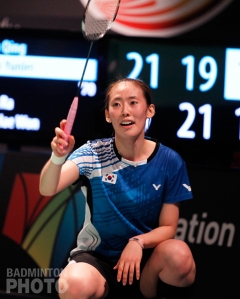
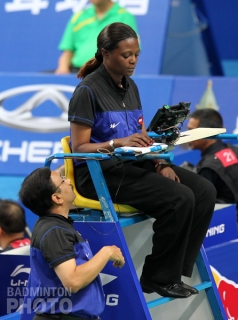
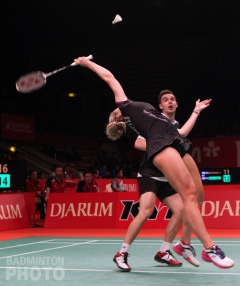
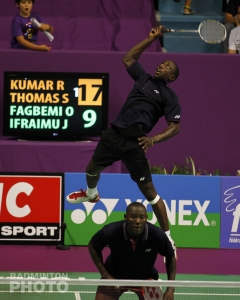
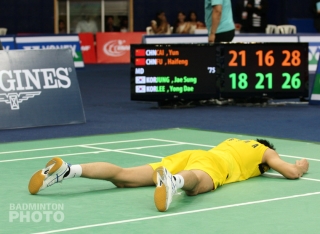
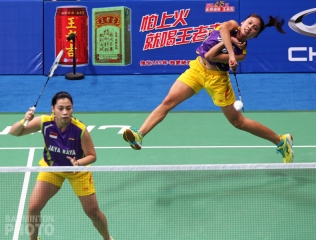
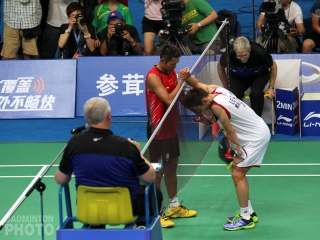
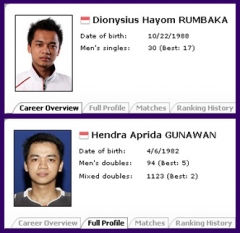
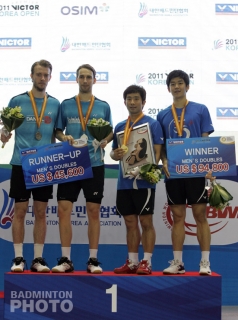

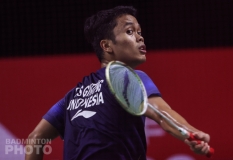
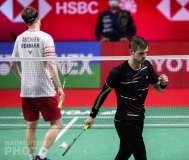
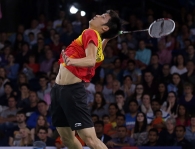
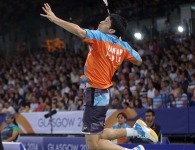

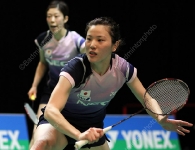
Leave a Reply